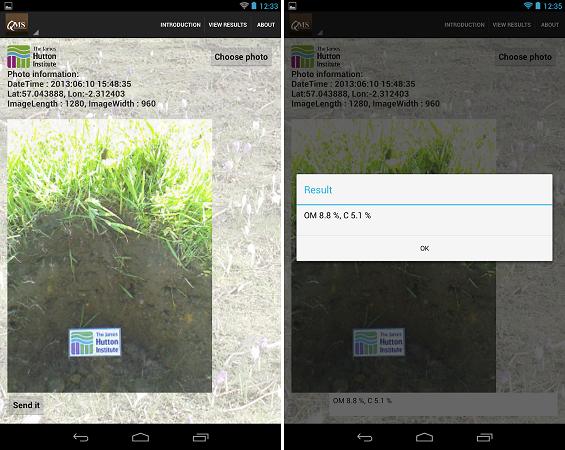SOCiT
The use of modern technology as a platform for presenting existing data and making use of it in new ways is important for scientific development, public engagement and also from a business perspective. The James Hutton Institute has a proven track record in field monitoring and the presentation of existing data resources within digital media (e.g. SEWEB, SSDW) and is looking to find new ways to do so. Matt Aitkenhead, David Donnelly and Malcolm Coull are working to extend this expertise and capacity further and improve the Institute’s use of these resources.
By incorporation of data acquisition infrastructures and web support we can utilise modern approaches to the acquisition, utilisation and dissemination of field observations. We can also use legacy mapped environmental data to integrate new information and existing expertise, and more rapidly and efficiently analyse this new information. Also, this will work towards both James Hutton Institute and national performance targets of community participation in and ownership of environmental problem solving, sustainability and rural economy.
Within the E-SMART project and other work, we have developed the infrastructure and skills to integrate mobile phone apps, existing data holdings and environmental models for the prediction and measurement of environmental characteristics in the field (http://www.hutton.ac.uk/research/groups/information-and-computational-sciences/esmart).
The SOCiT app, developed for Apple and Android devices, is capable of providing an estimate of soil organic matter content using positional information and a photograph of the topsoil. While not as accurate as laboratory analysis, it can give a useful indication of soil OM content for land managers.

